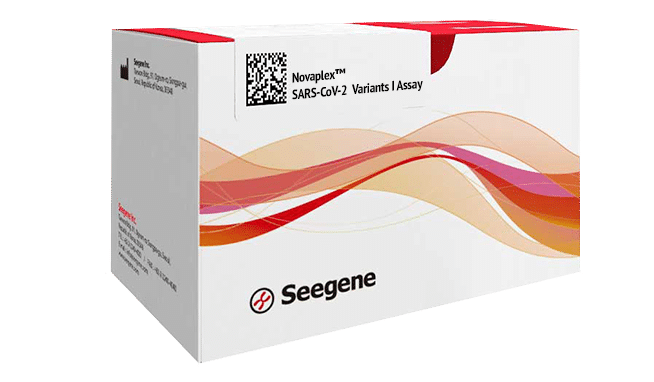Is the pandemic ending? Is COVID-19 now endemic?
 After the global spikes in positive Omicron variant cases in December 2021 and January 2022, February saw a dip in the number of COVID-19 cases and deaths worldwide. In addition to this, several US states have lifted mask mandates. Large companies like Walmart and Amazon have dropped mask restrictions for fully vaccinated individuals. As of this writing, approximately 76% of people in the US have received at least one COVID-19 vaccine.
After the global spikes in positive Omicron variant cases in December 2021 and January 2022, February saw a dip in the number of COVID-19 cases and deaths worldwide. In addition to this, several US states have lifted mask mandates. Large companies like Walmart and Amazon have dropped mask restrictions for fully vaccinated individuals. As of this writing, approximately 76% of people in the US have received at least one COVID-19 vaccine.
So, is the pandemic ending?
Although mask-wearing and social distancing restrictions are easing and life is moving towards a new normal in many countries, the “end” of the pandemic may be difficult to define. While there have historically been illnesses that became endemic following a pandemic or epidemic, the factors that determine this transition are nuanced and multifaceted. This post explores what it might look like for COVID-19 to become endemic.
When will COVID-19 be considered endemic?
The following factors may guide the decision of public health bodies like the WHO in declaring COVID-19 endemic:
Stability
One of the key signs that a disease may have become endemic is fewer dramatic surges in newly reported cases. This type of stability in the number of new cases worldwide must remain for a disease to be considered endemic.
Predictability
An endemic disease has predictable patterns, which can be seen in familiar diseases like the flu. Once COVID-19 is endemic, scientists will be able to look at past SARS-CoV-2 data and make calculated predictions about the timing of outbreaks, estimated case numbers, and the viral strain that will be responsible for most cases during a given period. This knowledge would help scientists and pharmaceutical companies design vaccines that target the disease-causing strain for the season.
Since a SARS-CoV-2 infection results in heterogeneous responses from individuals – ranging from mild symptoms to people who need respiratory support – some experts think this type of predictability might be hard to achieve right now.
Protection from vaccinations and natural infections
Endemicity also implies that enough people will gain protection from vaccinations and natural infections. This could potentially lead to less transmission and fewer COVID-19-related hospitalizations and deaths.
In order for COVID-19 to reach endemicity, researchers and public health officials would need to answer the following questions:
- How long does immune protection last?
- What is the nature of that protection?
- How much does vaccine-conferred protection or protection from natural infection reduce the likelihood of transmission or severe disease?
To fully answer these questions, researchers would need to perform in-depth studies into the immune response to COVID-19 vaccines and natural infection with the virus.
All of the approved COVID-19 vaccines elicit a strong antibody response. There is also evidence that natural infection produces an antibody response, although that response could vary from person to person. While these antibodies can stay in a person’s blood for several months, recent data shows that the antibody count and thus protection against SARS-CoV-2 may decrease over time.
Basic immunology suggests that T and B cells in our immune system could mount long-term memory against the virus. However, scientists are still learning much about what that immunity could look like in the face of a rapidly mutating virus. Immunity is also induced differently by natural infection versus vaccination and so this area is yet to be well-studied.
Researchers would need to characterize the mechanisms that underlie protection against the virus for us to begin to move towards endemicity. This is currently an active area of research.
Is the pandemic ending? The answer isn’t so simple.
Deciding When to Submit a 510(k) for a Change to an Existing Device – Guidance for Industry and Food and Drug Administration Staff
The WHO has not declared an end to the COVID-19 pandemic, and scientists recently warned countries to desist from declaring this. Some experts even suggest that COVID-19 might never be endemic. Researchers, public health officials and policy makers would have to consider many factors to reach a definitive decision on when COVID-19 will reach endemic levels. Among those factors is the need for researchers to satisfactorily answer the questions we’ve raised in this post.

If you study SARS-CoV-2, we invite you to explore Seegene’s latest Novaplex™ SARS-CoV-2 Variants VII Assay (Research Use Only), designed to detect mutations consistent with the Omicron variant, its stealth versions, and Variants of Concern (VOCs) containing the following mutations: 69/70del, E484A, N501Y, RdRP.
